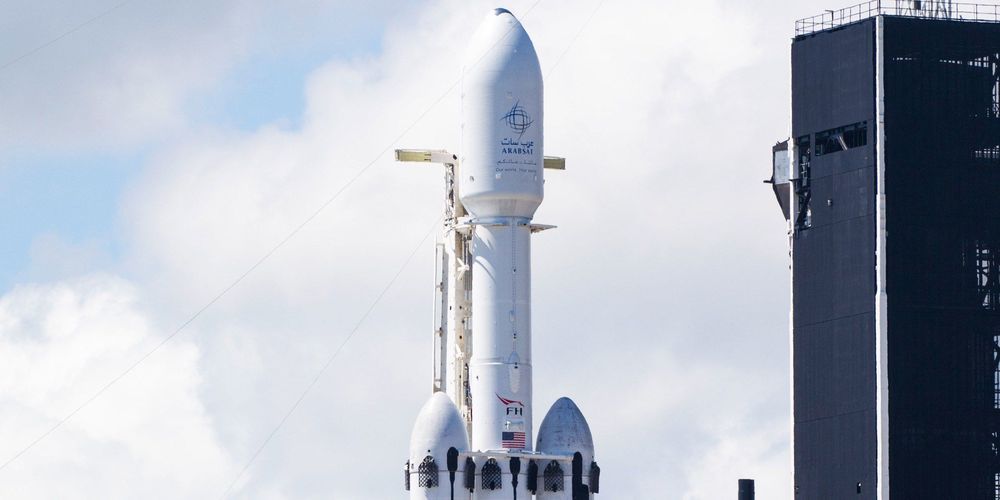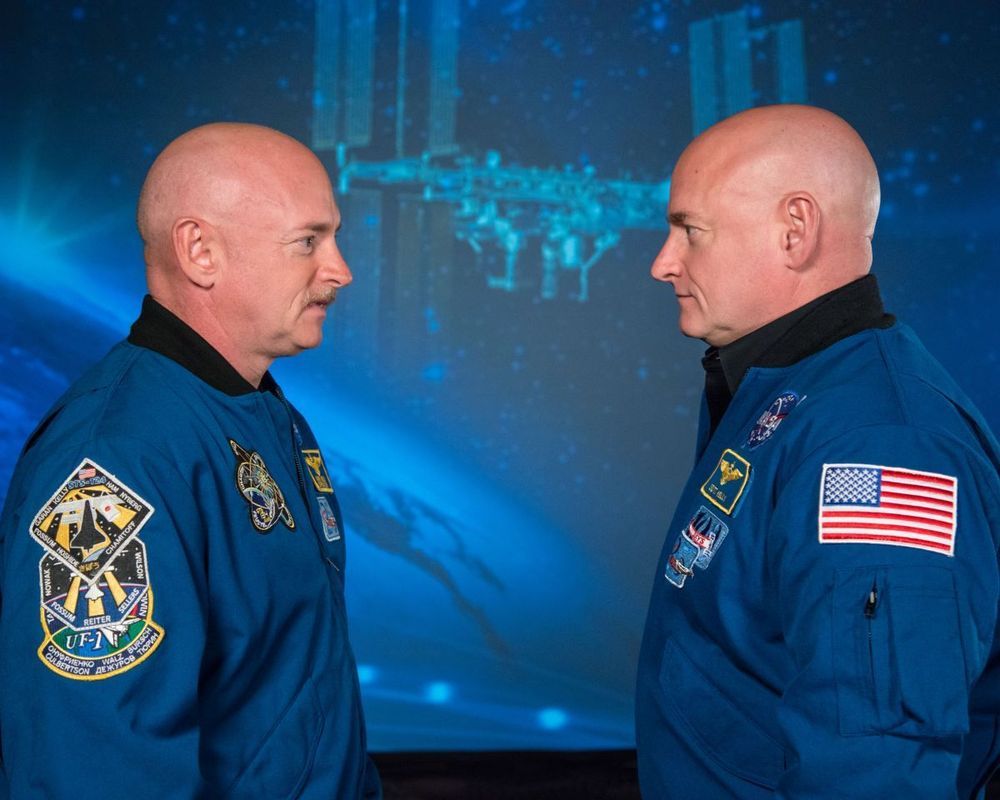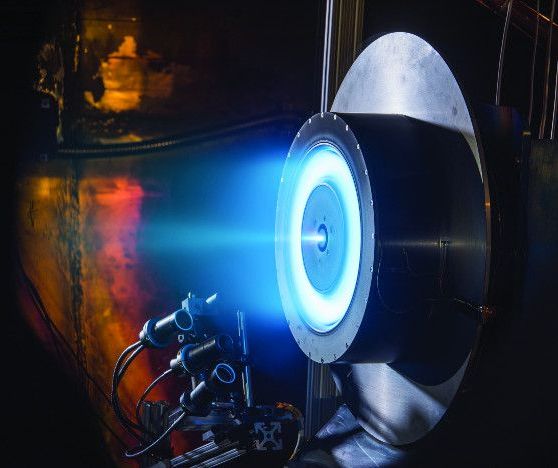Yay earth saved :DDDDDD.
Add another project to the list of collaborations between NASA and SpaceX.

The behavior of 20 mice on the International Space Station is helping shed some light on how humans might adapt to living in space.
The female mice were flown out on the International Space Station aboard an uncrewed SpaceX Dragon capsule and spent up to 37 days floating in NASA’s Rodent Habitat. Video footage show that the mice immediately began their usual grooming, feeding, huddling and socializing, but within 10 days of leaving Earth, younger mice began to run in circles around their cage.


On April 13, the crew had already traveled 200,000 miles away from Earth when one of the oxygen tanks exploded, forcing them to abort the mission and head back, fighting for their own survival.
You may be familiar with the immortal line “Houston, we have a problem,” which was supposedly uttered by Lovell in the 1995 film “Apollo 13.” Actually, the real quote was “Houston, we’ve had a problem,” and it was Swigert who said it.

Scientists have taken a major step towards creating an aircraft of the future, one powered by an ion drive rather than using moving parts and fuel like conventional aircraft.
In a paper published today in Nature, a team led by Steven Barrett from the Massachusetts Institute of Technology (MIT) described how they created a so-called electroaerodynamic-powered plane, one that uses solid-state propulsion, meaning no propellers or jet engines with expendable fuel.
“The future of flight shouldn’t be things with propellers and turbines,” Barrett says in the video below. “[It] should be more like what you see in Star Trek, with a kind of blue glow and something that silently glides through the air.”

If Beresheet succeeds, Israel will become just the fourth nation to land a spacecraft softly on the moon, following the Soviet Union, the United States and China.
Beresheet is currently orbiting the moon and remains on an “excellent” track, said its operators, the nonprofit group SpaceIL and the company Israel Aerospace Industries (IAI).
